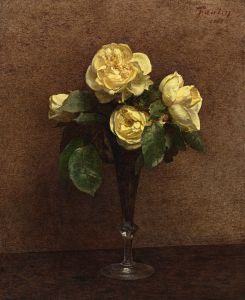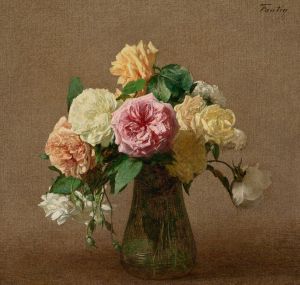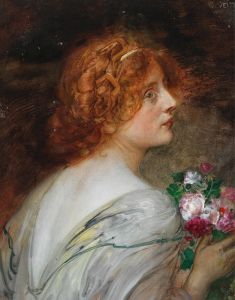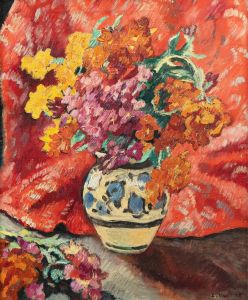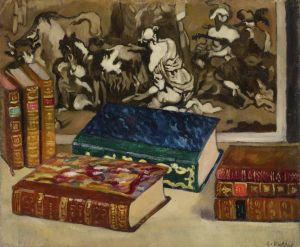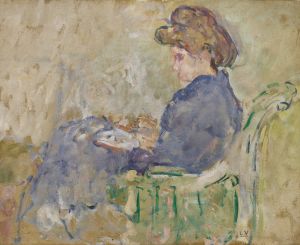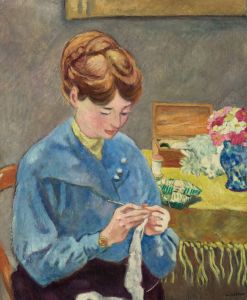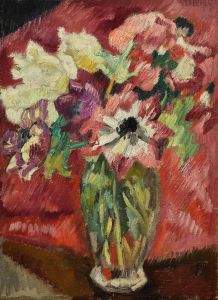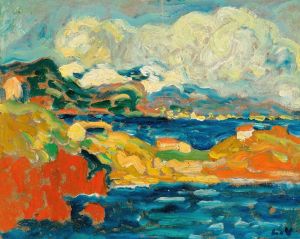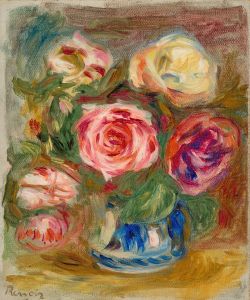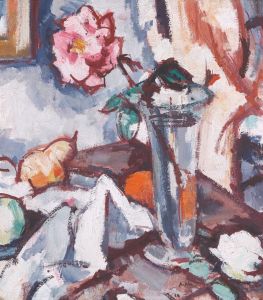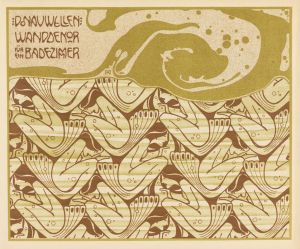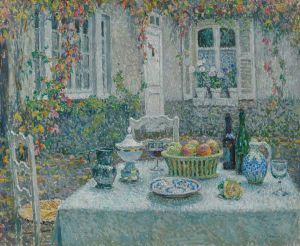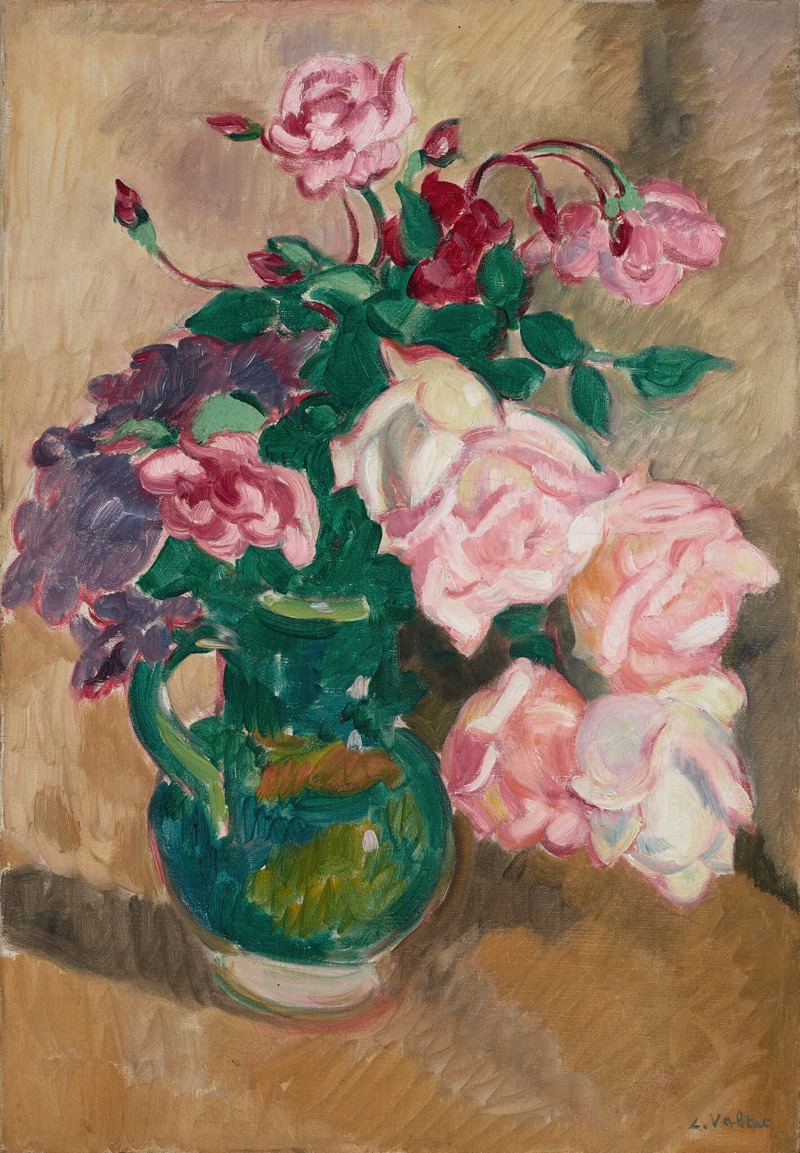
Bouquet de roses à la cruche verte
A hand-painted replica of Louis Valtat’s masterpiece Bouquet de roses à la cruche verte, meticulously crafted by professional artists to capture the true essence of the original. Each piece is created with museum-quality canvas and rare mineral pigments, carefully painted by experienced artists with delicate brushstrokes and rich, layered colors to perfectly recreate the texture of the original artwork. Unlike machine-printed reproductions, this hand-painted version brings the painting to life, infused with the artist’s emotions and skill in every stroke. Whether for personal collection or home decoration, it instantly elevates the artistic atmosphere of any space.
Louis Valtat was a French painter and printmaker associated with the Fauvist movement, known for his vibrant use of color and expressive brushwork. One of his notable works is "Bouquet de roses à la cruche verte" (Bouquet of Roses in a Green Jug), which exemplifies his distinctive style and contribution to early 20th-century art.
Valtat was born on August 8, 1869, in Dieppe, France, and grew up in Versailles. He studied at the École des Beaux-Arts in Paris and later at the Académie Julian, where he was influenced by the works of the Impressionists and Post-Impressionists. His early works show the influence of these movements, but he gradually developed his own style characterized by bold colors and simplified forms.
"Bouquet de roses à la cruche verte" is a still life painting that captures a bouquet of roses arranged in a green jug. The painting is celebrated for its vivid color palette and dynamic composition, which are hallmarks of Valtat's work. The use of bright, contrasting colors and loose brushstrokes reflects the influence of Fauvism, a movement that emphasized painterly qualities and strong color over representational or realistic values.
Valtat's choice of subject matter in this painting—a simple bouquet of roses—demonstrates his interest in everyday objects and scenes, which he often depicted with a sense of vibrancy and life. The green jug serves as a focal point in the composition, its color contrasting with the warm tones of the roses and the background. This use of color not only creates visual interest but also conveys a sense of harmony and balance within the composition.
Throughout his career, Valtat was known for his ability to capture the essence of his subjects with minimal detail, focusing instead on the interplay of color and form. This approach is evident in "Bouquet de roses à la cruche verte," where the flowers and jug are rendered with broad, expressive strokes that suggest their form and texture without relying on intricate detail.
Valtat's work, including "Bouquet de roses à la cruche verte," played a significant role in the development of modern art in the early 20th century. His exploration of color and form influenced contemporaries and later artists, contributing to the broader movement away from traditional representational art towards more abstract and expressive forms.
Despite his contributions to the art world, Valtat's work was often overshadowed by more prominent figures of the Fauvist movement, such as Henri Matisse and André Derain. However, his paintings have gained recognition over time for their unique style and vibrant use of color.
"Bouquet de roses à la cruche verte" remains an important example of Valtat's artistic vision and his ability to transform simple subjects into dynamic compositions through the use of color and brushwork. The painting continues to be appreciated by art enthusiasts and collectors for its beauty and its place within the context of early modern art.





